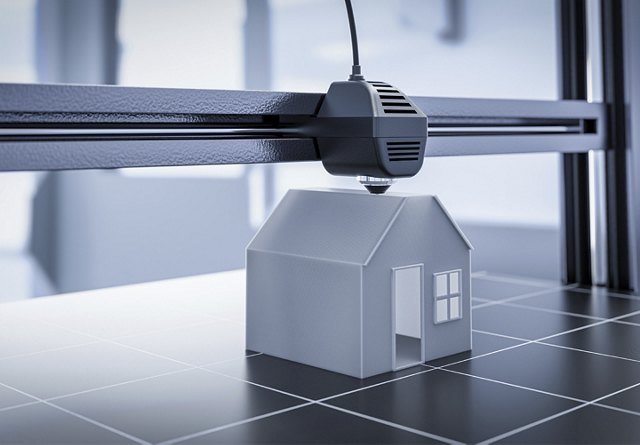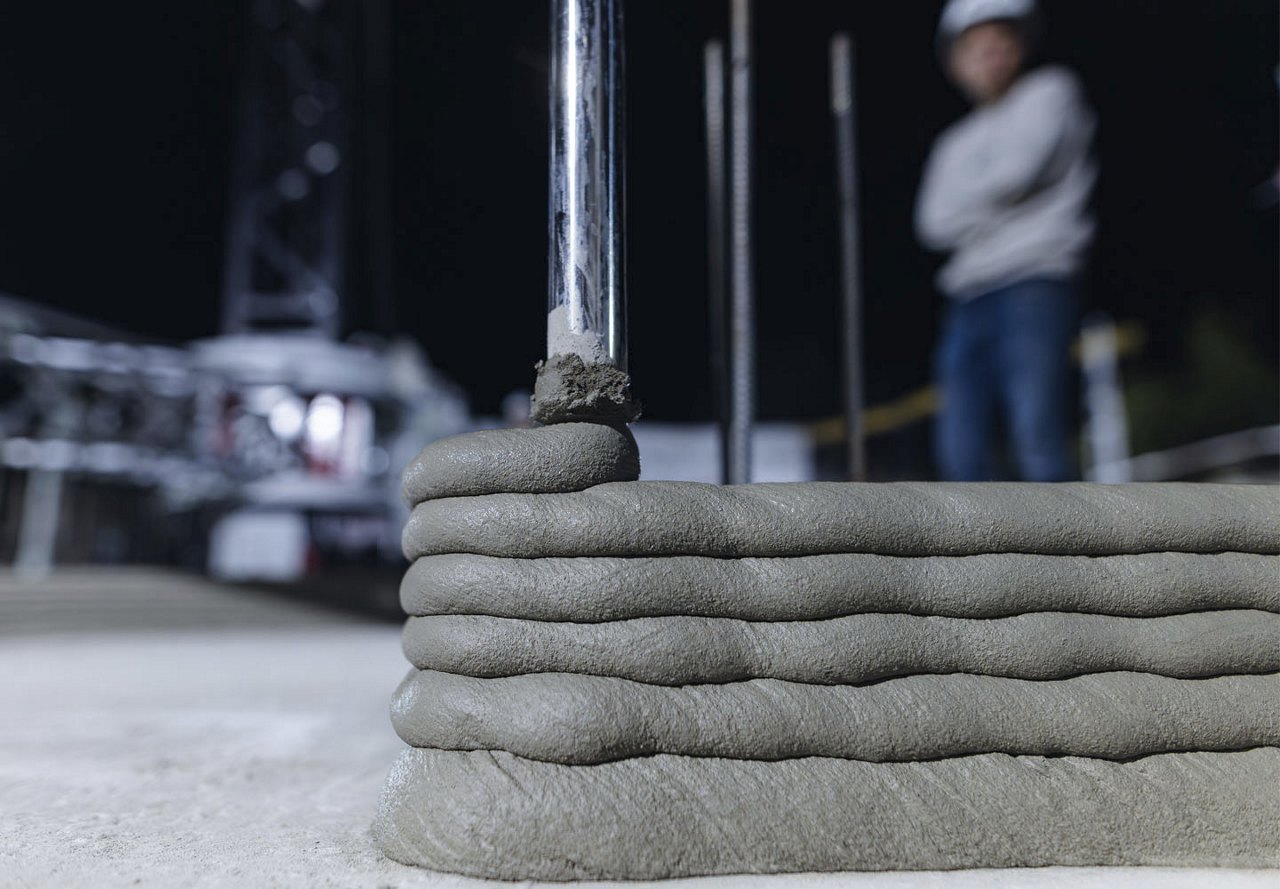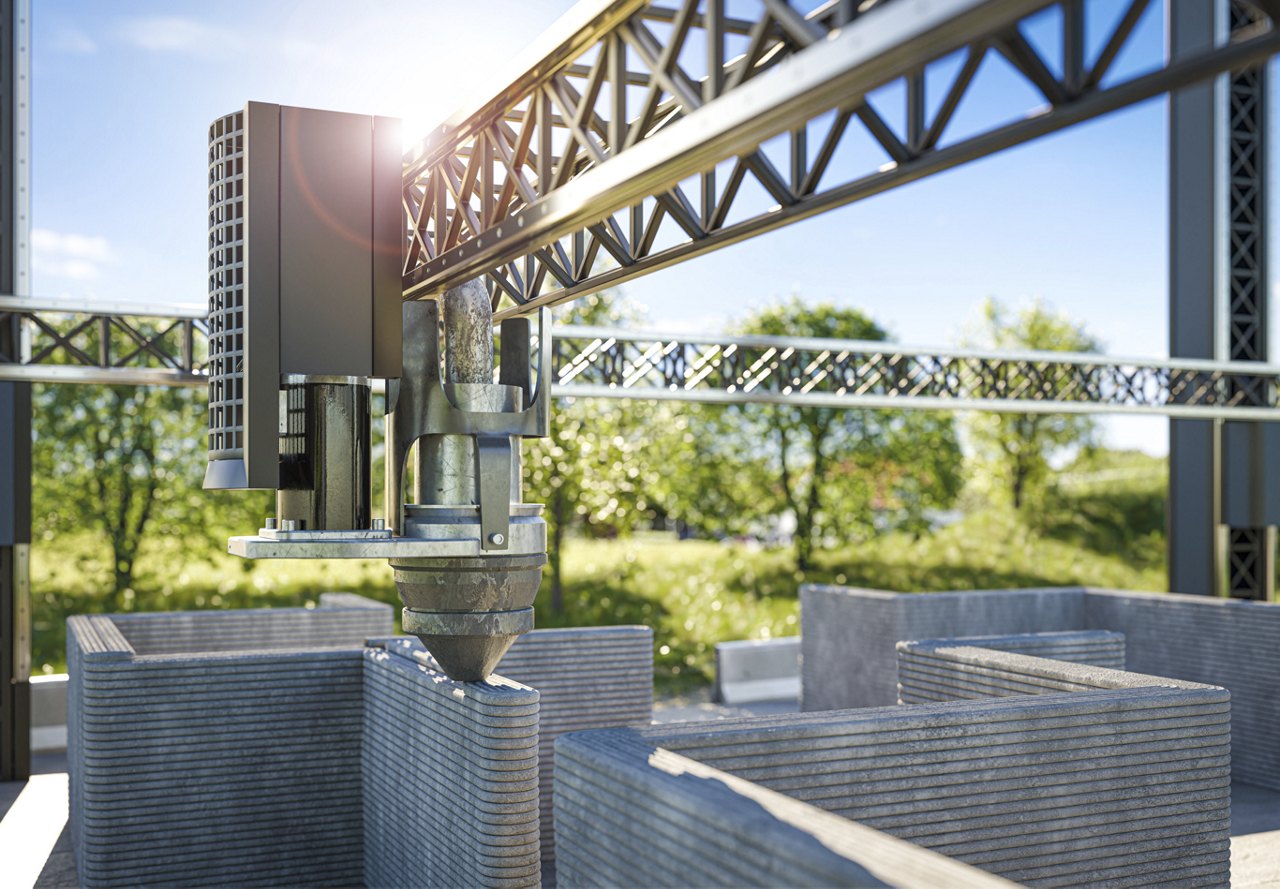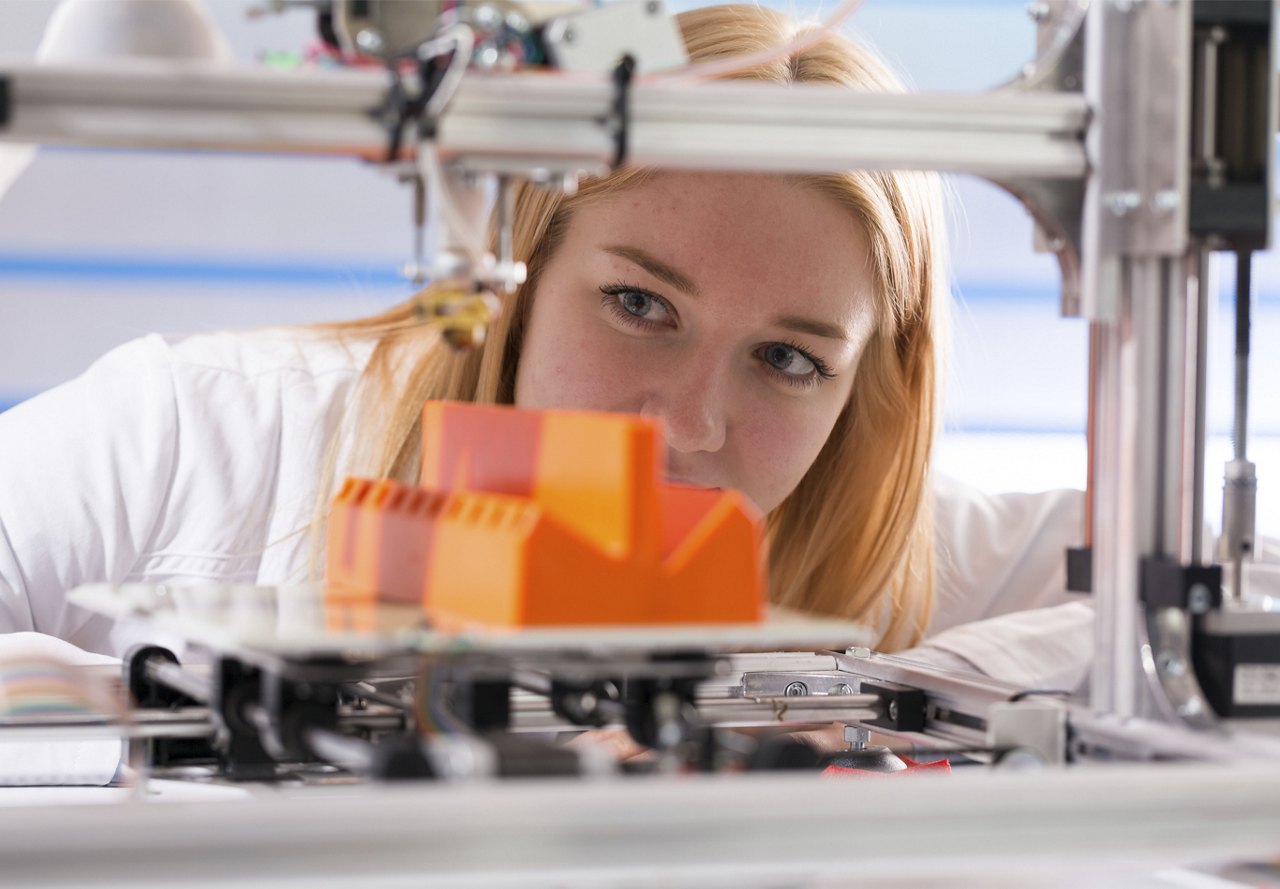How is 3D Printing Driving Sustainable Construction Practices?
Traditional construction methods have been used worldwide for building homes and infrastructure, but they often have limitations in cost, time, and flexibility. Enter 3D printing technology, a ground-breaking approach reshaping the construction industry.
According to Allied Market Research, the global 3D printing construction market is set to rise significantly from $1.4 billion in 2021 to an estimated $750.8 billion by 2031. This surge marks a new era in construction methods, promising significant advancements, and a complete overhaul of how we create buildings. It's not just about the numbers; this rapid rise signifies a major shift in how we imagine, plan, and build structures.
Understanding 3D Printing in Construction
In construction, 3D printing involves a layer-by-layer deposition of materials, typically concrete or other specialized mixes, to build entire structures or specific components. This technology encompasses various techniques, such as Contour Crafting and robotic arm-based printing, each tailored to meet specific development needs.
Benefits include faster timelines, cost-effectiveness through reduced labor, and the capacity to realize intricate and custom designs that were once impractical.
Applications & Innovations
A multitude of groundbreaking projects worldwide showcase the potential of 3D printing in this industry, offering a beacon of hope for affordable housing solutions and enabling faster, more cost-effective methods to address housing shortages, especially in emerging economies. Explore some noteworthy projects across the globe:
Texas: ICON, a construction technology company, collaborated with non-profit organization, New Story, to build 3D-printed homes in a community in Austin, Texas. These homes, created using a proprietary 3D printing technology called the Vulcan printer, illustrate the feasibility of rapid and affordable builds, with the ability to print the concrete components of an average-sized home within 24 hours.
Mexico: ICON expanded their innovative approach by partnering with ÉCHALE, a non-profit organization in Mexico, to create a community of 3D-printed homes. This initiative addresses housing challenges in underserved areas by leveraging 3D printing to construct affordable and resilient homes.
The project demonstrates the scalability and adaptability of this technology in addressing housing needs, emphasizing its potential impact on improving living conditions globally.
The Netherlands: This 3D-printed bike bridge is a remarkable project located in Gemert, a town in the southern part of the Netherlands. It was created in 2017 through a collaboration between the Eindhoven University of Technology, BAM Infra, and many other partners.
China: In 2019, Shanghai revealed a pedestrian bridge built with 3D printing technology. This innovative structure combined reinforced concrete with 3D-printed elements, showcasing the capability of additive manufacturing in crafting resilient infrastructure.
Impact on Development & Sustainability
Reduced Material Waste: 3D printing significantly reduces material waste by using only the necessary amounts of materials, unlike traditional construction, which often generates excess waste during the building process. According to a study cited by Fortex, 3D printing can reduce material consumption by 30-60% compared to other methods.
Sustainable Housing in Developing Countries: In areas with housing shortages, such as rural regions in Latin America and Africa, 3D printing offers a solution for creating affordable and sustainable housing. Organizations like New Story and ICON have initiated projects to build low-cost, 3D-printed homes, addressing housing crises and promoting sustainable development.
Future Challenges
Regulatory Hurdles: One significant challenge facing the widespread adoption of 3D printing in construction involves regulatory frameworks. Governments and regulatory bodies need time to adapt and create standards that accommodate this innovative method while ensuring safety and compliance.
Material Development and Scalability: Developing specialized materials suitable for 3D printing, optimizing their properties for construction purposes, and scaling up production are ongoing challenges. Material scientists and research teams are partnering to pioneer advanced materials tailored explicitly for 3D printing, with a primary focus on enhancing durability, strength, and cost-effectiveness in the process.
The rise of 3D printing in construction is a major milestone for the industry. Its substantial influence on cost-effectiveness, sustainability, and innovative design is undeniable. As technology progresses and obstacles are resolved, integrating 3D printing into traditional construction seems inevitable.
Embracing this technology promises a future where buildings are not just structures but testaments to innovation, sustainability, and accessibility for all.
Discover more on the Greystar blog, where we cover topics like augmented reality, AI chatbots, and more.
The information presented on or through this Website is made available solely for general information purposes. We do not warrant the accuracy, completeness, or usefulness of this information. Any reliance you place on such information is strictly at your own risk. We disclaim all liability and responsibility arising from any reliance placed on such materials by you or any other visitor to this Website, or by anyone who may be informed of any of its contents. Any reference to amenities, services, rules, policies, or procedures at a Greystar apartment community is general in nature, and each Greystar apartment community may have amenities, services, rules, policies, and procedures that differ from those referenced on this Website. Please consult with your Greystar apartment community for the exact amenities, services, rules, policies, or procedures applicable.
This Website may include content provided by third parties, including materials provided by other users, bloggers, and third-party licensors, syndicators, aggregators, and/or reporting services. All statements and/or opinions expressed in these materials, and all articles and responses to questions and other content, other than the content provided by Greystar, are solely the opinions and the responsibility of the person or entity providing those materials. These materials do not necessarily reflect the opinion of Greystar. We are not responsible, or liable to you or any third party, for the content or accuracy of any materials provided by any third parties.








